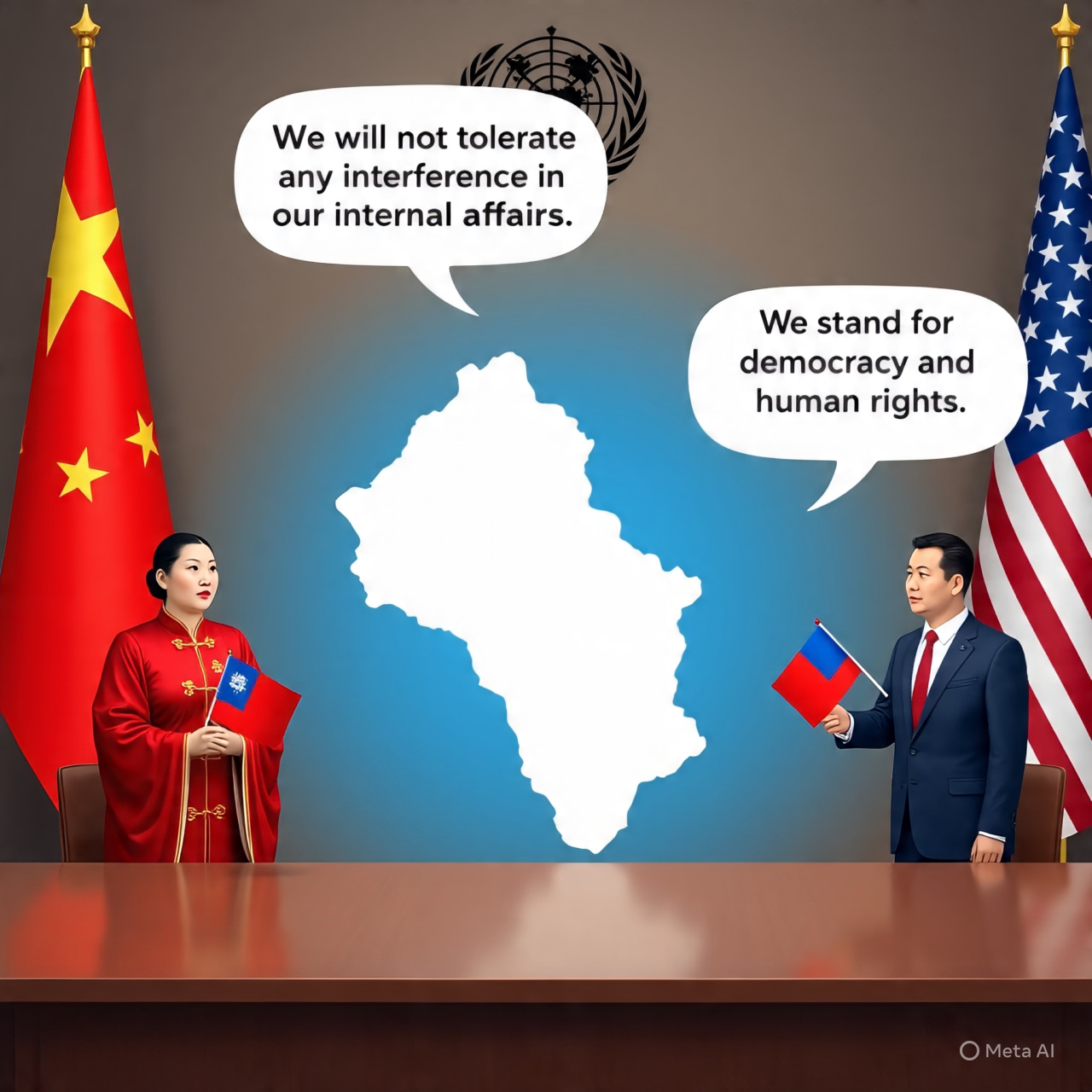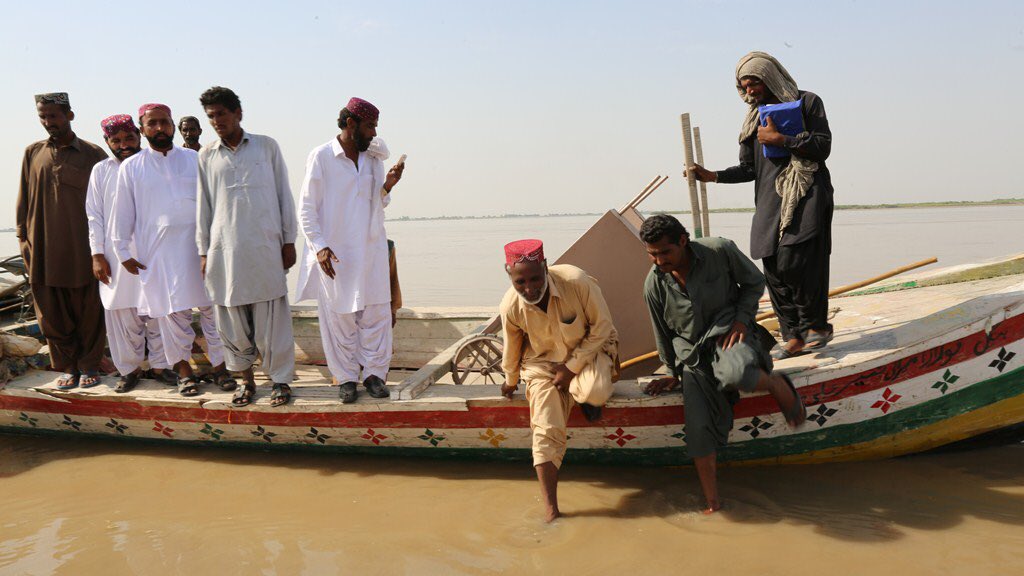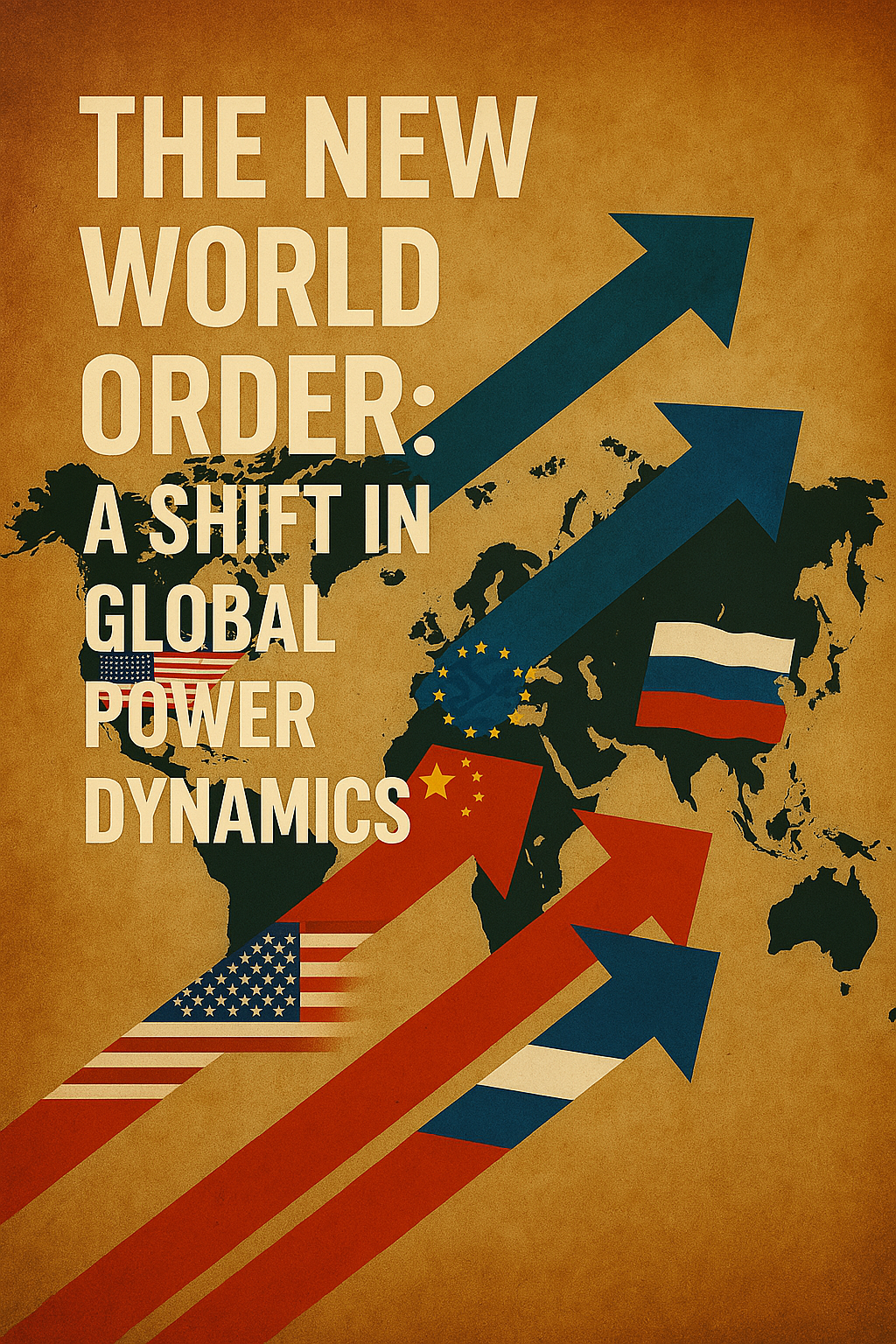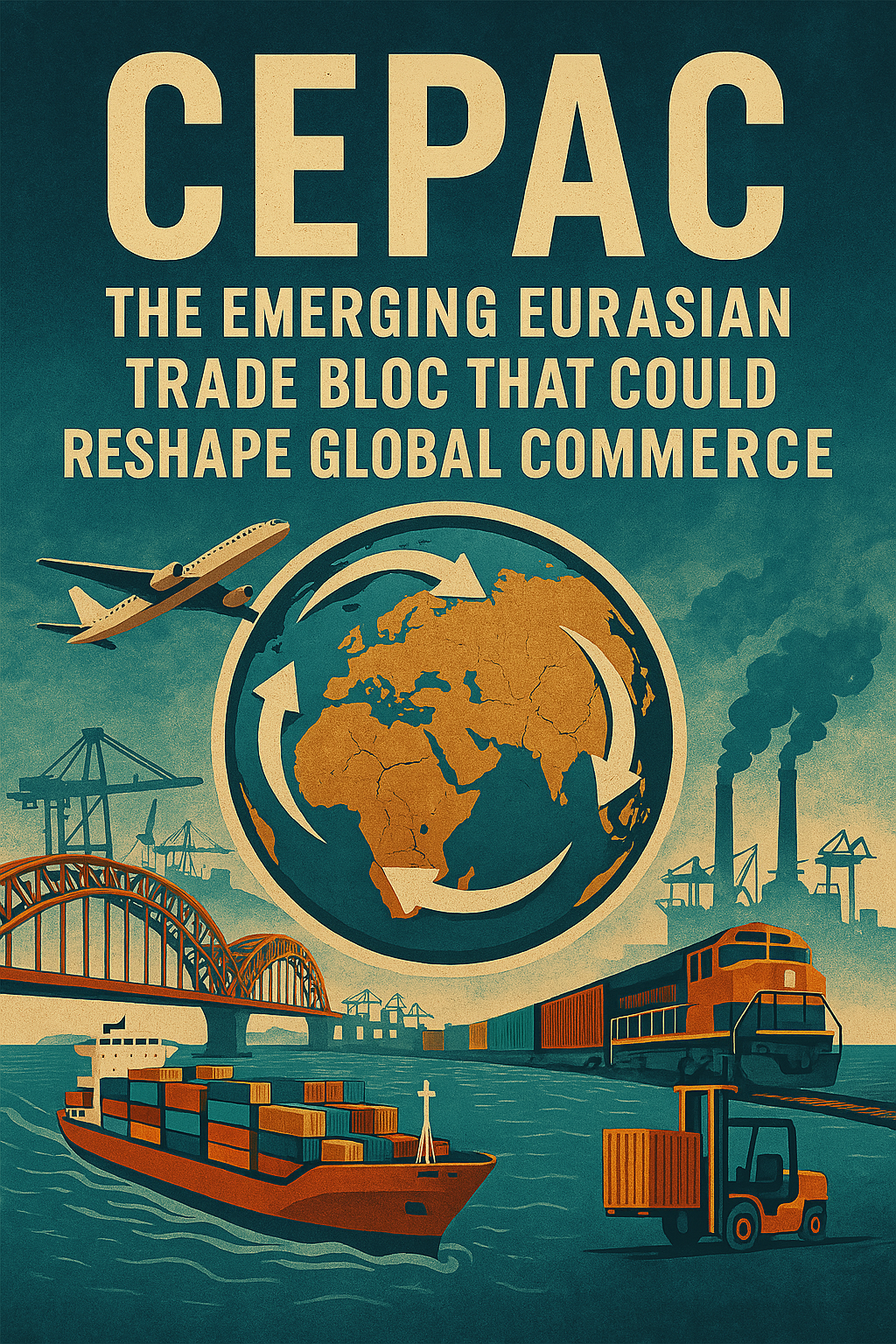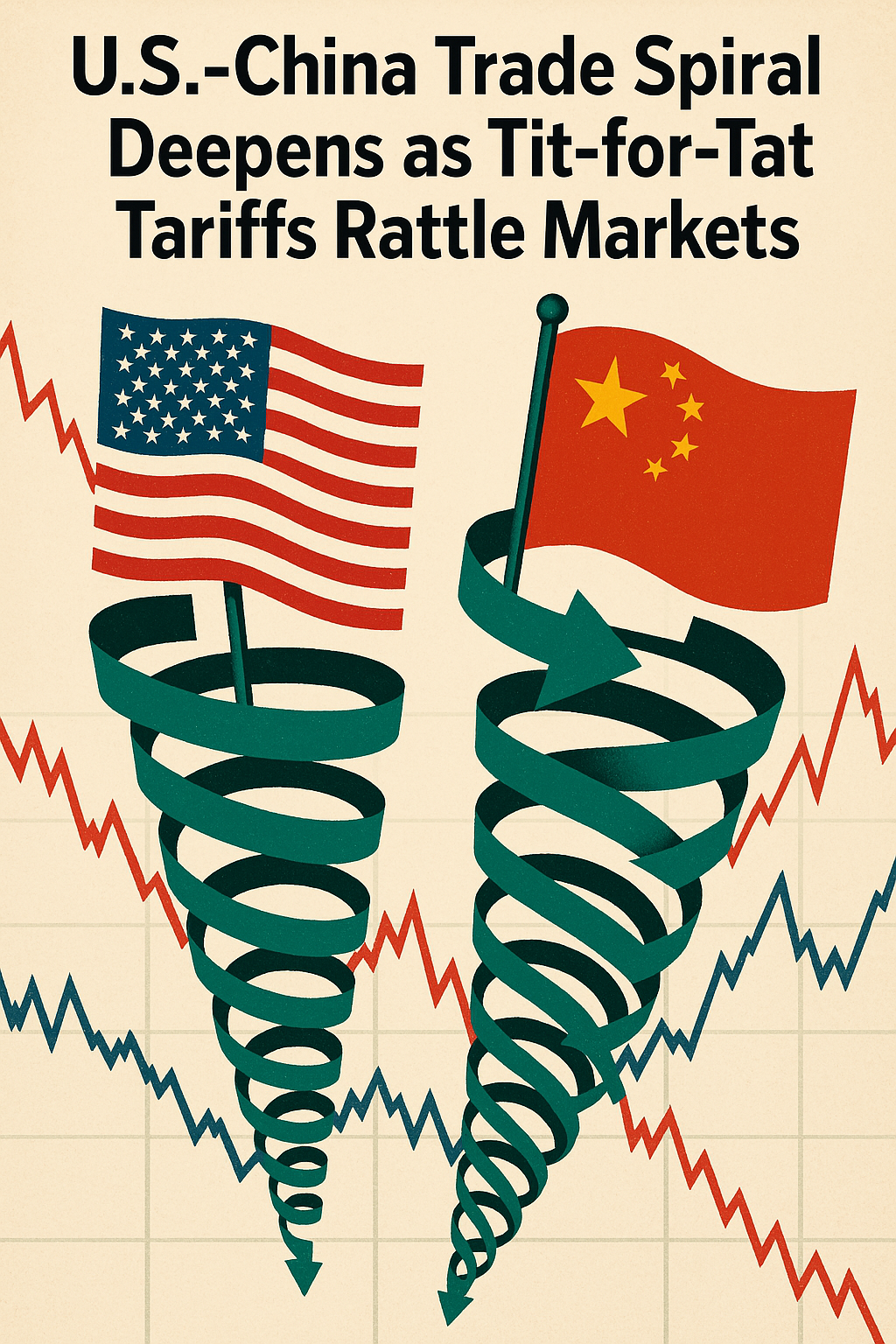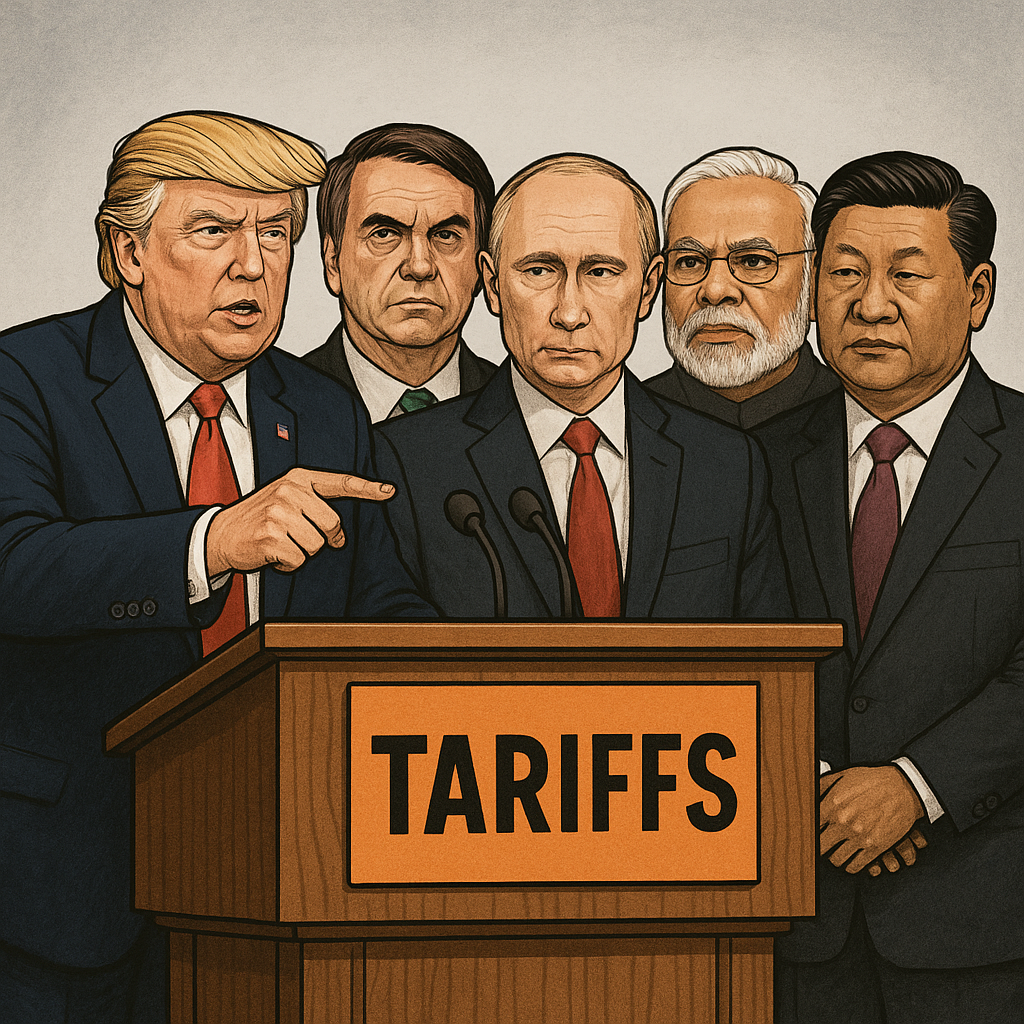Politics
In a significant geopolitical development, four nations spanning Eurasia have joined forces to establish the Central Eurasian Partnership for Advancement and Commerce (CEPAC), a new economic alliance that promises to redefine trade routes and energy flows across the continent. Comprising China, Pakistan, Russia, and Afghanistan, this bloc represents a strategic convergence of complementary strengths: China's infrastructure expertise, Russia's energy resources, Pakistan's maritime access, and Afghanistan's mineral wealth. The timing of CEPAC's formation is particularly noteworthy, emerging as it does against a backdrop of global economic realignment and increasing multipolarity in international relations.
At the heart of CEPAC's agenda lies an ambitious connectivity framework designed to create seamless trade corridors across Eurasia. The centerpiece is the proposed extension of the China-Pakistan Economic Corridor (CPEC) into Afghanistan, potentially linking China's western provinces to Central Asian markets through Pakistani ports. Energy cooperation forms another critical pillar, with plans to revive the long-delayed Turkmenistan-Afghanistan-Pakistan-India (TAPI) gas pipeline and establish new oil routes from Russia to South Asia. These infrastructure projects are complemented by plans for digital integration, including a cross-border digital payment system that could reduce dependence on Western financial networks.
The strategic implications of CEPAC are profound. For Russia, the bloc offers vital economic linkages amid Western sanctions, particularly for its energy exports. China gains alternative trade routes that bypass potential maritime chokepoints, while Pakistan positions itself as a crucial transit economy. Afghanistan's inclusion is particularly significant, representing its first major economic integration since the Taliban's return to power. However, the initiative faces substantial challenges, including security concerns in Afghanistan, the need for massive infrastructure investment, and potential opposition from established powers wary of this new economic alignment.
Experts suggest that CEPAC's success will depend on its ability to translate ambitious visions into concrete projects. Early signs are cautiously optimistic, with working groups already established to coordinate energy, transportation, and customs policies. If implemented effectively, CEPAC could emerge as a major factor in the ongoing reconfiguration of global supply chains and trade patterns. As the world economy becomes increasingly fragmented, this Eurasian bloc may well become a testing ground for alternative models of regional cooperation and development. The coming years will reveal whether CEPAC can overcome its considerable challenges to become a transformative force in Eurasian economics.
3 weeks ago
11

